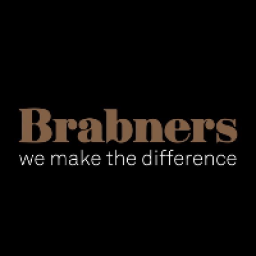On 24 December 2021, the Home Office announced that they would be making changes to the Health and Care Worker visa route and Shortage Occupation List in order to combat a significant worker shortage in the health and social care sector.
In its annual report on 15 December 2021, the Migration Advisory Committee (MAC) recognised that there were significant difficulties with recruitment and retention in the sector and recommended that more care worker jobs be eligible for the Health and Care Worker visa should be added to the Shortage Occupation List.
The pressures in the sector are immense as a result of the perfect storm of COVID-19, the end of free movement post-Brexit and staff leaving the sector. It is currently reported that 9.4% of care home staff are off work, and over 90 care operators have declared a ‘red alert’ (as staff to patient ratios have worsened).
While the Home Office have previously been unwilling to make changes to the visa regime to support the health and social care sector, despite intense lobbying and the serious strain on the NHS in the second wave of COVID-19 over the winter of 2020/21, the Home Office has now decided to heed the MAC’s recommendation in an effort to deal with staff shortages.
Firstly, the Home Office have committed to increasing the number of roles eligible for sponsorship under the Health and Care Worker visa route by bringing all roles covered by SOC Code 6145 within its scope. Professions covered by SOC Code 6145 include: Care Assistant, Care Worker, Carer, Home Care Assistant, Home Carer and Support Worker (Nursing Home). (These are not currently eligible for sponsorship as they do not meet the skill level requirement).
The proposals will also add care workers to the Shortage Occupation List. This means that the minimum salary requirement will be reduced from the usual ‘going rate’ to a minimum of £20,480 p.a. It will also mean that the visa fees payable for any applications are reduced.
Overall, the changes will allow individuals within the sector to obtain sponsorship more readily and enable care providers to save costs when offering roles. These measures are expected to be implemented in early 2022 and stay in place for at least 12 months.
Under the Health and Care Worker visa, newly eligible care workers are still required to obtain sponsorship from the NHS, an organisation providing medical services to the NHS, or an organisation providing adult social care. Importantly, this means that agencies supplying into the care sector will not be able to directly take advantage of these changes.
We would strongly recommend that care providers who do not already hold a sponsorship licence under the Skilled Worker route consider applying for a licence in advance of the new rules being implemented. Brabners has extensive experience in supporting clients with successful sponsorship licence applications and would be happy to assist with this process.
This development has been largely welcomed by industry professionals and employers, especially as the NHS and adult care facilities are under significant pressure in the wake of the Omicron variant. It is strongly hoped care providers can use the immigration system to alleviate pressure on their workforce.
To discuss how you can make use of the new changes to the Health and Care Worker visa route and Shortage Occupation List, or how to obtain a sponsorship licence in advance of these changes, please contact our Business Immigration Team.
 Brabners LLP
Brabners LLP






